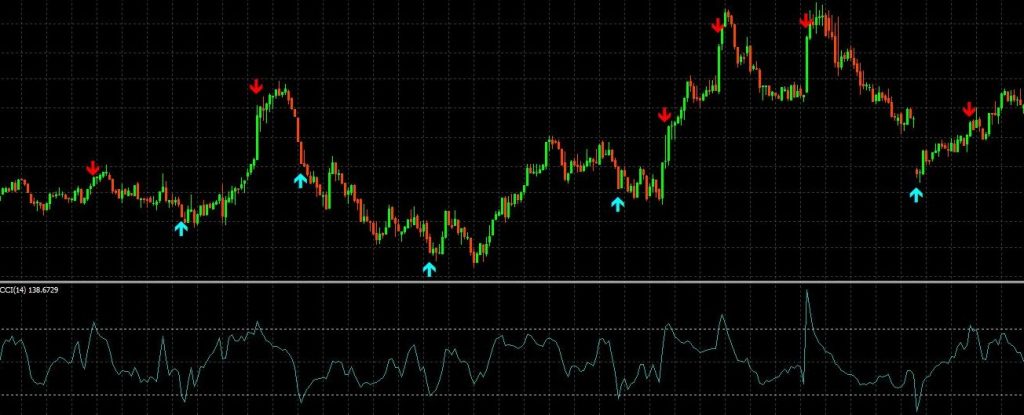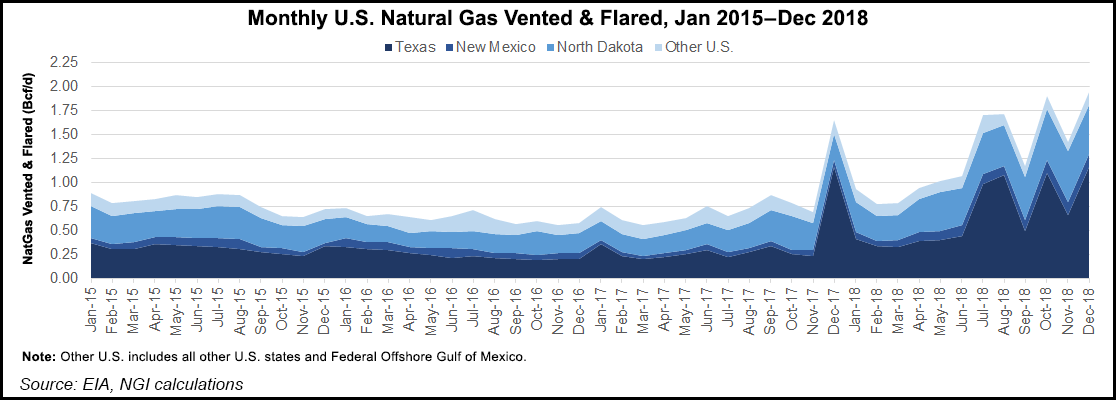Contents:


However, it is suitable when there is a probability of fluctuations in fixed costs. It analyses the costs with respect to the variations in the output levels. Consequently, the categorization of cost takes place under Fixed, Variable and Semi-variable. If you’re constantly monitoring, you can reallocate funds on the fly. Maybe you spent less on facilities than expected, but new tariffs mean manufacturing is not going to make its numbers. By investing what you would have spent on utilities and in-office food service on a one-time effort to find and sign on alternate suppliers, you set that team up for more predictable costs going forward.

For costs that vary with volume or activity, the flexible budget will flex because the budget will include a variable rate per unit of activity instead of one fixed total amount. In short, the flexible budget is a more useful tool when measuring a manager’s efficiency. Flexible budgets usually try to maintain the same percentages allotted for each aspect of a business, no matter how much the budget changes. So if the initial static budget called for 25% to be spent on marketing, the flexible budget will maintain that same percentage for marketing whether the budget increases or decreases. There are many companies like service industries where variable costs don’t have a major role to play and such companies do not require a flexible budget. These variances are used to assess whether the differences were favorable or unfavorable .
Allows for market variances
Flexible budgeting considers both fixed and variable costs with variance analysis. Management may set flexible targets to cover fixed costs and then gradually build on profits later. Variable costs assigned to sales activity or in percentage terms provide greater flexibility in profit analysis.
Revenue variance is the difference between what revenue should have been for the actual production activity and what the actual revenue you take in is. It has been “flexed,” or adjusted, based on your real production levels. It helps in variance analysis after comparison with the actual results and measure the performance of various departments. Variable costs$7,000Fixed costs$10,000Prepare a flexible budget for capacity level of 80% and 90%. Determine the fixed costs that are expected to be incurred during the period under consideration. A budget variance measures the difference between budgeted and actual figures for a particular accounting category, and may indicate a shortfall.
Flexible Budgeting Explained: Definition and Tips for SaaS
The differences between the standard amount of cost and the actual amount that the organization incurs is referred to as a variance. The main benefit of using actual volume in the flexible budget is that it removes the impact of volume when comparing the flexible budget to the actual results . For example, if the static budget had $1,000 of revenue and the actual revenue for the period was $1,500, then you might initially say that actual revenue was higher due to higher volumes. The flexible budgeting model may not apply to many of the costs of a business since many costs are fixed. The flexible budget can be compared to what’s known as the static budget.
- All other things being the same, increased production improves average intensity, but will not in itself create an efficiency improvement for environmental aspects.
- Flexible budgets come with advantages like their usability in variable cost environments, their detailed picture of performance, and their overall efficiency for budgeting teams.
- This does not mean management ignores differences in sales level, or customers eating in a restaurant, because those differences and the management actions that caused them need to be evaluated, too.
- The company knows its variable costs per unit and knows it is introducing its new product to the marketplace.
- Total Mfg Overhead$92,500$95,000$97,250$100,000A flexible budget can be prepared for any level of activity.
Thus it becomes difficult for the experts to prepare Flexible budgets. Flexible budgeting is an important tool for most small businesses. Learn how it can help your business respond to the ups and downs of the marketplace. We are the American Institute of CPAs, the world’s largest member association representing the accounting profession. Our history of serving the public interest stretches back to 1887. Today, you’ll find our 431,000+ members in 130 countries and territories, representing many areas of practice, including business and industry, public practice, government, education and consulting.
A flexible budget, on the other hand, is a series of budgets prepared for various levels of activities, revenues and expenses. Flexible budgets get modified during the year for actual sales levels, changes in cost of production and virtually any other change in business operating conditions. This flexibility to adapt to change is useful to owners and managers. Flexible budgets are especially helpful in environments where costs are closely aligned with the level of business activity. SaaS businesses typically work with costs like hosting fees and site development, so when website traffic starts to increase, so do those hosting costs. The original budget for selling expenses included variable and fixed expenses.
Definition of Flexible Budget
As shown in the above table, the accurate allowance is computed to be $8,880. These budgets are different in different levels of activities, which facilitate the ascertainment of fixation of cost, selling prices, and tendering of quotations. A flexible budget will show the variance in both revenue and spending. Some costs are not fully variable and consist of a fixed portion as well. It requires careful analysis of costs and incorrect classification of costs can provide inaccurate results.
- A flexible budget is useful for manufacturing industries where costs change with a change in activity level.
- It’s most common to update forecasted line items in a flexible budget following a monthly review of total costs and top-line growth.
- This ability to change the budget also makes it easier to pinpoint who is responsible if a revenue or cost target is missed.
- The flexible budget can be compared to what’s known as the static budget.
- The master budget is established before the period begins for planning purposes, and the flexible budget is established after the period ends for control and evaluation purposes.
Now let’s illustrate the flexible budget by using different levels of volume. If 5,000 machine hours were necessary for the month of January, the flexible budget for January will be $90,000 ($40,000 fixed + $10 x 5,000 MH). If the machine hours in February are 6,300 hours, then the flexible budget for February will be $103,000 ($40,000 fixed + $10 x 6,300 MH). If March has 4,100 machine hours, the flexible budget for March will be $81,000 ($40,000 fixed + $10 x 4,100 MH).
The company offers sales incentives to their sales force of 5% of sales. Instead, the hope is that patterns will be observed making future cost planning easier and more accurate. In addition, a flexible budget can successfully justify increases in costs when compared to actual income.
Swanky homes, pools, gourmet meals: Co-living goes luxe and stylish – Forbes India
Swanky homes, pools, gourmet meals: Co-living goes luxe and stylish.
Posted: Fri, 14 Apr 2023 07:29:34 GMT [source]
https://1investing.in/ a budget, even one that’s not constantly evolving, can be an overwhelming to-do on the never-ending checklist facing leaders of emerging businesses. Cash is the lifeblood of any business — and allocating it effectively is integral to success. But, in a happier scenario, what if the coffee shop exceeds expectations and operates at 120% of original expected activity? Static Flexible Remains the same even if there are significant changes from the assumptions made during planning. Adjusts based on changes in the assumptions used in the planning process. We provide example budgets, pros and cons and a guide to getting started.
Static versus Flexible Budgets
Similarly, companies often face both fixed and variable components for environmental aspects. As with budgeting for cost, one needs to first budget separately for the fixed and variable components of the environmental aspect. There are two types of budgets namely fixed budget and flexible budget. The flexible budget will vary with each activity level and adjusted when the actual activity level is determined. Thus, the cost manager can use a flexible budget as a reference tool for measuring the variance with the actual performance and result. A static budget is a type of budget that incorporates anticipated values about inputs and outputs that are conceived before the period in question begins.
7 Tips for Managing (and Stressing Less About) Medical Bills – Everyday Health
7 Tips for Managing (and Stressing Less About) Medical Bills.
Posted: Wed, 12 Apr 2023 20:35:05 GMT [source]
A post closing trial balance budget–which is a forecast ofrevenueandexpensesover a specific period–remains unchanged even with increases or decreases in sales and production volumes. However, when compared to the actual results that are received after the fact, the numbers from static budgets can be quite different from the actual results. Static budgets are used by accountants, finance professionals, and the management teams of companies looking to gauge the financial performance of a company over time. However, compared to static budgeting, it doesn’t fix all target costs. Flexible budgeting takes into account each activity that makes performance measurement a better control.

This means increases or decreases in activities will have room within the budget since it is essentially flexible. The flexible budget allows estimates for expected expenses for costs that may fluctuate, such as utilities. Using this budgeting process is more effective since it provides a realistic outlook on the projected budget. They work well for evaluating performance when the planned level of activity is the same as the actual level of activity, or when the budget report is prepared for fixed costs. However, if actual performance in a given month or quarter is different from the planned amount, it is difficult to determine whether costs were controlled. The ability to provide flexible budgets can be critical in new or changing businesses where the accuracy of estimating sales or usage my not be strong.
Water intensity in plant A decreases from 0.35 in year 1 to 0.32 in year 2. The flexible budget can be used for the determination of budgeted sales, costs, and profits at different activity levels. Cost accounting is a form of managerial accounting that aims to capture a company’s total cost of production by assessing its variable and fixed costs. Management may also adjust sales prices to achieve the favorable variance as long as it doesn’t affect their competitive edge.

Total Overhead Costs$92,500Units Produced (70% capacity)17,500To keep the example simple, we assume that the first four costs are strictly variable and we will calculate a budget per unit for these costs. On the other hand, the last two costs, depreciation and supervision, are fixed costs and are assumed to be constant over the entire relevant range of activity meaning they do not change based on volume. The table below shows the calculations for units produced at 70% capacity and calculates the variable cost per unit for all variable costs. Lobster Instant Noodles make instant ramen noodles in cups that are commonly eaten by university students across the world. Simply add boiling water, close the lid for 3 minutes and you’ve got an instant meal.





